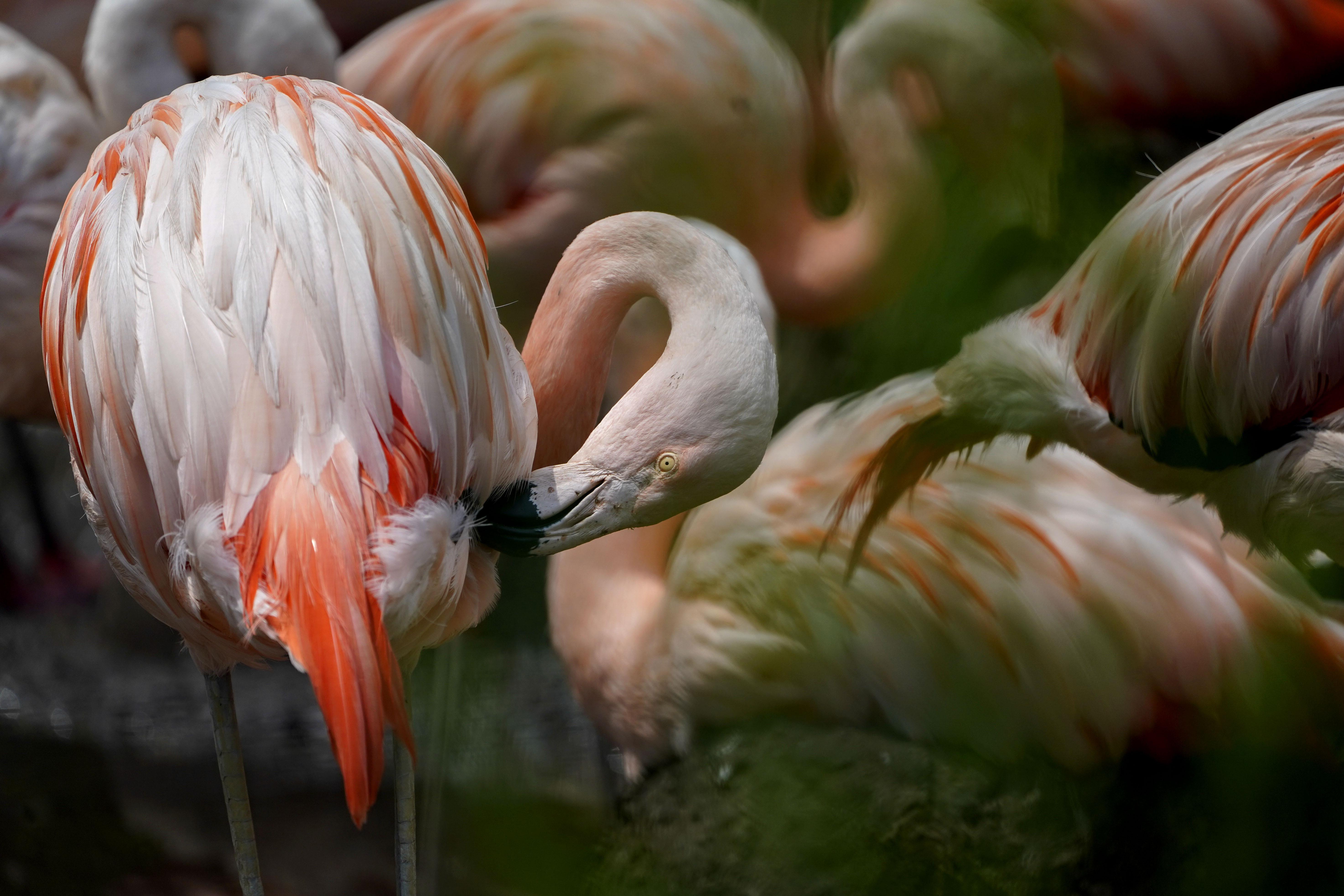 Magellanic penguins are seen at an islet in front of Dawson island, located in the Strait of Magellan that is part of the Tierra del Fuego archipelago in Chile, on Dec 3, 2021.(PHOTO / AFP)
Magellanic penguins are seen at an islet in front of Dawson island, located in the Strait of Magellan that is part of the Tierra del Fuego archipelago in Chile, on Dec 3, 2021.(PHOTO / AFP)
SANTIAGO - In the misty forests just outside of Chile's capital Santiago, a rescued puma stalks the leafy surroundings of the Refugio Animal Cascada, a shelter hoping to rehabilitate and house wildlife affected by the country's natural disasters.
Among the animals housed at the Refugio Animal Cascada, which translates to Waterfall Animal Refuge, are foxes, falcons, owls and pumas
The shelter, first opened two decades ago, has seen a host of new residents this year following a string of recent wildfires, droughts and heavy rains.
"We are experiencing a major global environmental crisis that shows itself ... in the loss of biodiversity and native wildlife," the Chilean Environment Minister Maisa Rojas said during a visit to inaugurate a new unit on Wednesday. "It is at risk."
ALSO READ: China adds 700 species to terrestrial wildlife protection list
Wildfires tore through Chilean forests earlier this year and devastated large swathes of the country, leaving not just dozens of people homeless but also destroying the habitats of woodland animals.
Activists at the time raised the alarm as they treated burns on animals displaced by the fires, including monitos del monte, - small nocturnal marsupials - and pudus, the world's smallest deer.
Months later, Chile's central regions suffered one of the worst weather fronts in years, bringing heavy rainfall and floods that prompted evacuations.
Among the animals housed at the Refugio Animal Cascada, which translates to Waterfall Animal Refuge, are foxes, falcons, owls and pumas.
 Chilean flamingos groom at Lincoln Park Zoo, Tuesday, July 11, 2023, in Chicago. (AP Photo/Erin Hooley)
Chilean flamingos groom at Lincoln Park Zoo, Tuesday, July 11, 2023, in Chicago. (AP Photo/Erin Hooley)
ALSO READ: Farms, wildlife at risk as Spanish wetland shrinks
"We welcome (the wildlife) in order to rehabilitate them and release them," wildlife shelter director Kendra Ivelic said.
Others, however, cannot be released because of the severity of their injuries, she added, such as a hawk who lost an eye. "These animals, when they have the conditions to live in captivity, can be good ambassadors for their species."
This week, the shelter is opening a new Environmental Education and Exhibition Center, which will house native animals that cannot be released and have been affected by fires or other environmental disasters.


